49+ Designs average garment ease allowance on sewing patterns
Depends on material from 0 to 2 cm. It is also referred to as style ease or fashion ease.
2
To calculate the amount of ease you subtract the body measurements from the finished garment measurements.
. The minimum ease for comfortable movement breathing etc. Some home sewing patterns allow less than 1 cm seam allowance and this makes it very difficult for a home sewer with a domestic machine the width of the foot and the design of a domestic machine is not ideal for very small seam allowances. Now lets talk about negative ease.
Ad Find Clothing Patterns For Any Project. Ad Get Quilt Patterns Using Fat Quarters From Spoonflower No Minimum Order Required. If instead of sewing you could magically join seams together there would be no need for seam allowance.
You may need to leave about 2cm seam allowance for a zip. Seam allowances are then left wide enough for any secondary adjustments. Pattern ease is the difference between the finished measurements of a garment and the measurements of your body.
For garment such as blouses dresses T-shirts etc this increase is not required. Garment ease is the minimum amount of fabric we add to our body measurements so that our woven garments are comfortable in wearing. But seam allowance amounts can vary a lot depending on the country of origin for the sewing pattern company and even the sewing pattern piece itself.
For the clothing package thickness this allowance takes into account the thickness of the lower layers of clothing and is calculated for jackets and coats. Since we cant do magic we need a bit of seam allowance so that the minor fraying of the fabric will not undo the seam. There are default seam allowances in MySizePatterns patterns of 1cm 38 for garments sewn from woven fabrics and of 7mm.
Ive seen seam allowance amounts from as little as 3mm to as much as 25cm. If I were using a tried n true pattern with a tried n true fabric no question I want my seam allowances on that pattern. Seams which require a special finish are normally larger 12 15cm.
So 40 minus 37 equals 3 inches of ease in the bust on a size 8. Basically it is the amount of fabric allowed for a joining different parts of a garment together. It is much better to allow more seam allowance and trim down the excess after sewing the seam.
That is enough extra fabric to sit comfortably bend your elbow reach forward to grip the steering wheel when you drive your car or use the computer sit down eat lunch bend your knees etc. You will need to allow more seam allowance where you have a closure such as a button placket or a zip. This would be for seams that require a french seam a flat felled shirt seam a bias binding etc.
If you make your own patterns it is recommended that you work with 12 seam allowance due to the fact that it is easier to work with and measure. There are three standard seam allowances. Design ease provides the style.
Your machine may be different. Shop Create And Be Inspired. While 58 and 12 are the most commonly used lengths seam allowance can vary depending on the weight and weave structure of the fabric.
12-inch on standard seams 14-inch on curved seams such as necklines and armholes 34-inch for zips In Commercial Patterns 58-inch on all seams not including hem Of course when making your own patterns you can choose what you add. Seam allowance is the excess fabric that you see on the inside seams of a garment. WEARING EASE The wearing ease is sufficient to allow the body to move while keeping a very close fit ted garmentWhether it is for a woma n a man or a.
There is a standard seam allowance in the sewing pattern industry of 15cm ⅝ inch. In order for a garment to be functional the pattern dimensions must be slightly larger than the body measurements. It also comes into play when the design of the garment includes things like pleats gathers or tucks.
Seam allowance often shortened to SA is the extra fabric at the seam that allows you to sew a garment together. Ease varies depending on the area of. The finished garment measurement is 40 inches.
Choose Fat Quarters In 25 Premium Fabrics To Find The Perfect Fit For Your Next Project. While woven garments add ease many knit garments subtract ease to get negative ease. It is additional ease added beyond what is needed for movement to create specific styles ranging from close fitting to very loose-fitting garments.
58 is the standard seam allowance for sewing apparel. Th e added measure is called ease and its value can vary greatly depending on the desired look. Whether Its Home Improvement Or Fun DIY Etsy Has The Supplies For You.
¼ 38 58 The 38 seam is usually the first line the 58 the second. The Case for Included Seam Allowances When ready-to-wear cut and sew sweaters are made the final pattern includes the seam allowances. A seam allowance needs to be added all the way around a pattern piece except any part of the pattern that is to be cut on the fold.
A ¼ seam is primarily used in piecing quilts. Sew-clopedia By MySizePatterns seam allowance the extra fabric outside the seam line that allows you to sew garment pieces together. Ease is used to create style lines for garment function and to allow for movement of the body.
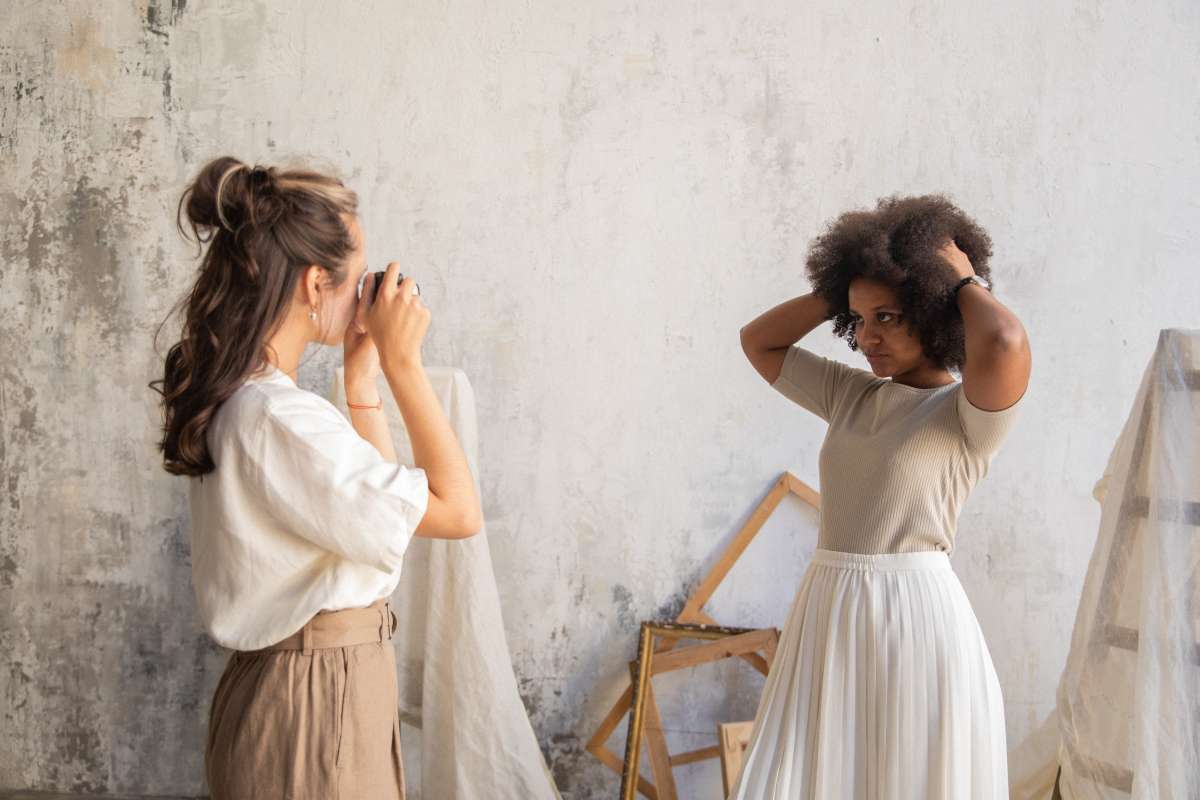
How Do You Describe Fashion Photography
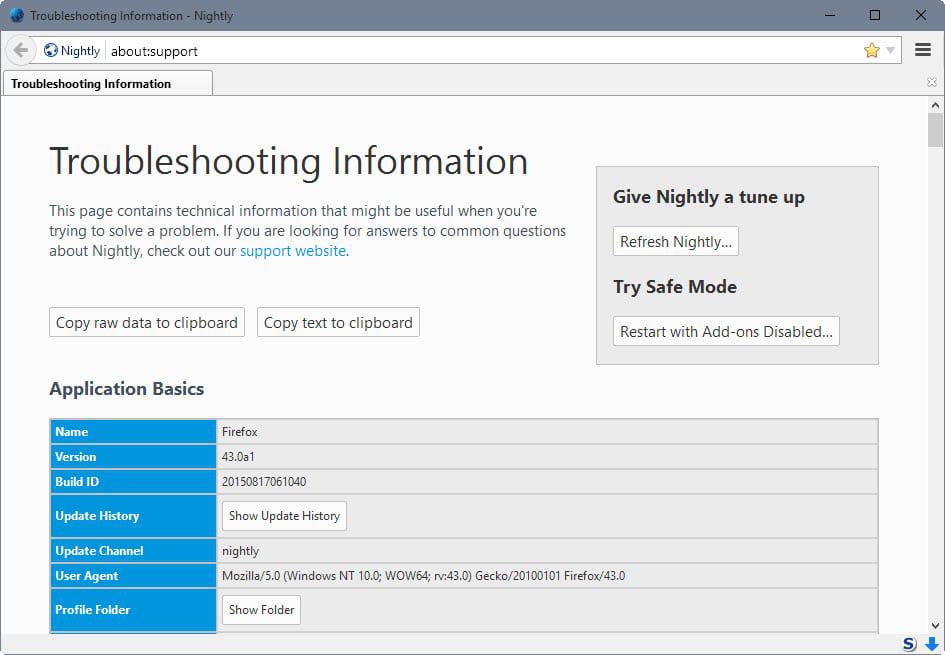
A Comprehensive List Of Firefox Privacy And Security Settings Ghacks Tech News

Nonsurgical Management Of The Lymphedema Patient Springerlink
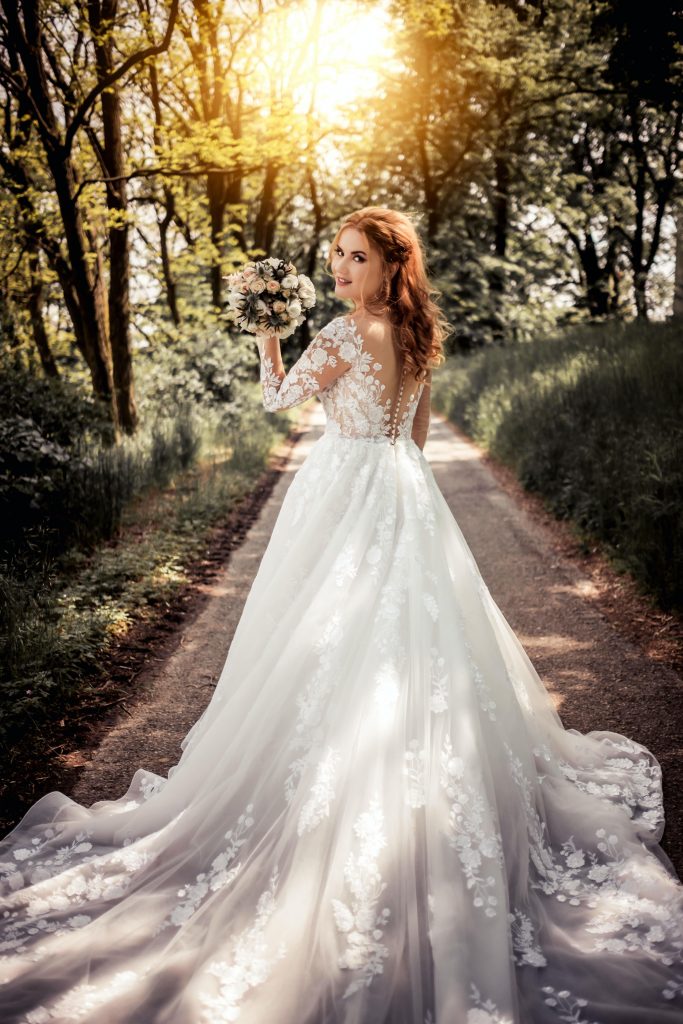
What Is The Best Boho Wedding Dress
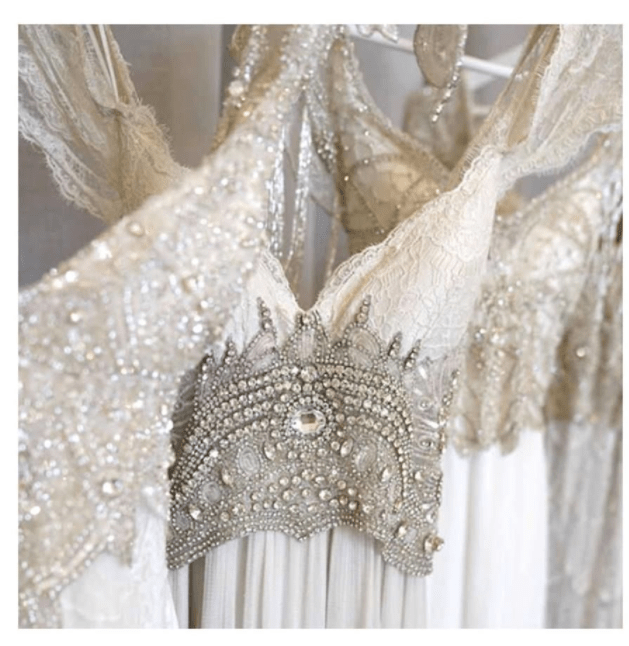
Can You Preserve A Wedding Dress Yourself
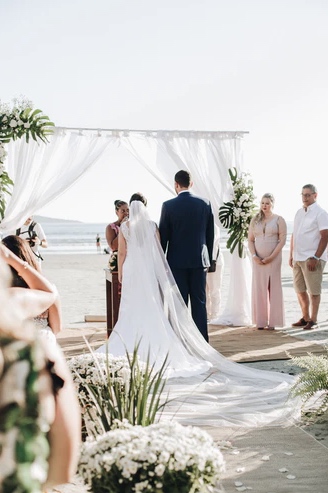
How To Organise A Boho Chic Wedding
2
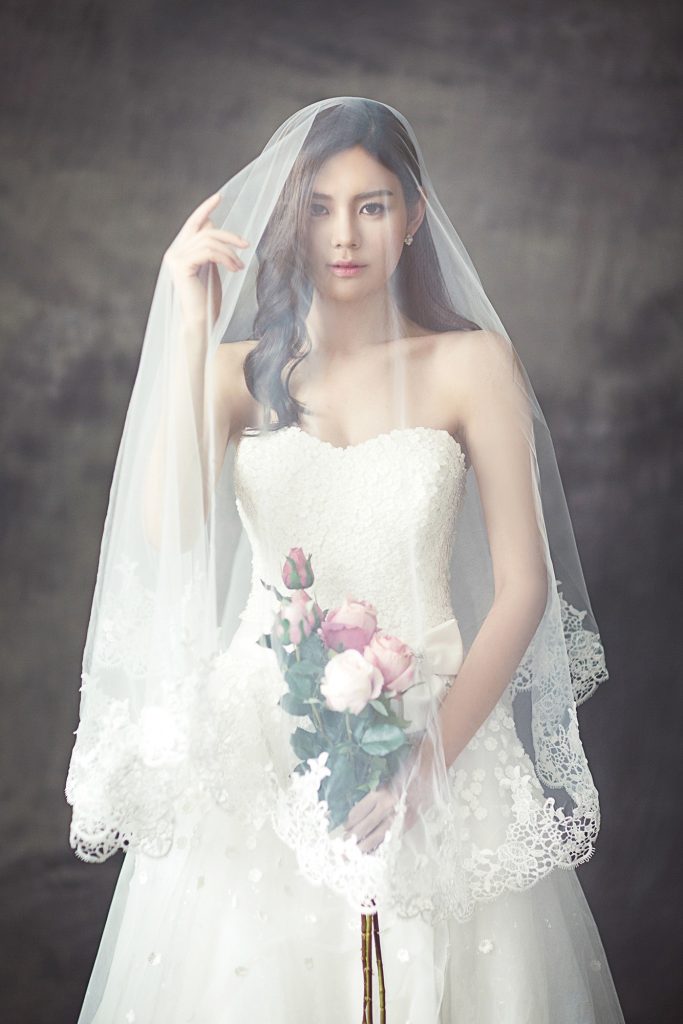
What Is The Best Steamer For A Wedding Dress
2
2
2
2
2
2
Stock Market Sentiment Twt Sample Csv At Master Nunomroliveira Stock Market Sentiment Github
2
2